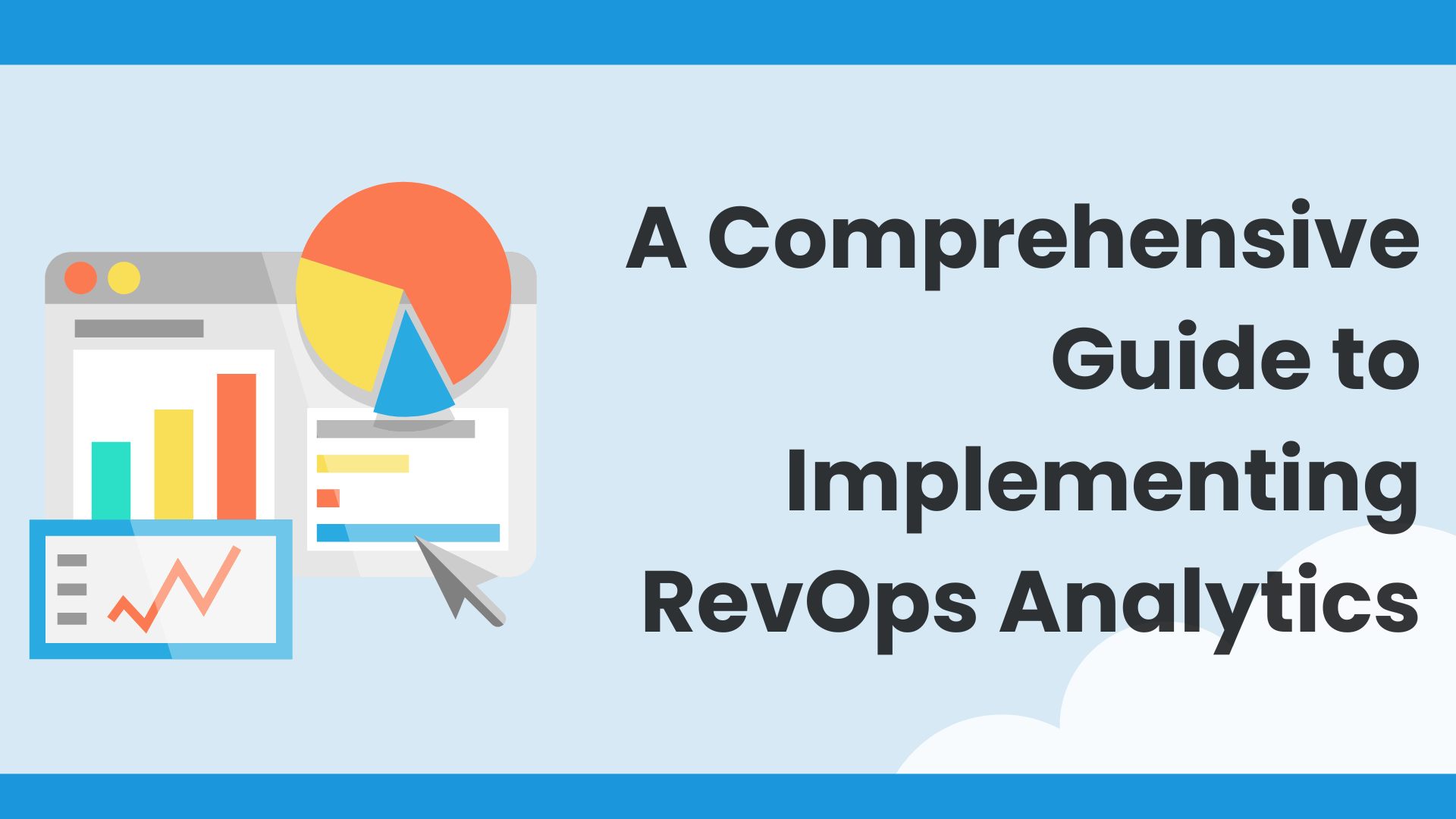Regardless of the practices you put into play, a central goal of your business should always be to improve your bottom line. Well, what if you could focus solely on that central goal? The good news is that you can, and that’s where the integration of Revenue Operations (RevOps) comes into play. This system is meant to optimize growth and ensure collaboration across all facets of your business. One key player in the RevOps space is analytics, which play a massive role in the initial integration and providing long-term insights that drive the strategic decisions. Today, we’ll run through some of the best practices for putting your RevOps analytics to good use to grow revenue and efficiency.
Understanding RevOps and Its Importance
RevOps, as a whole, is defined as a strategy to increase your bottom line by aligning sales, marketing, and your customer experience/success teams. Everything is typically gathered in silos; however, this approach breaks the silos down and looks for a cross-department collaboration. RevOps ensures that all teams work together on the common goal.
Analytics for RevOps aren’t just the normal metrics we’re used to, but the process in getting this data should be familiar to all of us: the collection, the analysis, and then the utilization of the data from each team to identify better decisions, opportunities, and to pinpoint issues in the implementation stage of your RevOps strategy. To summarize:
- Enhancing decision-making: When you have the right data present to make data-driven decisions you’re able to gather a clear picture of overall performance. The right decision becomes clearer and since it’s justified with data, it’ll make more sense.
- Identifying growth opportunities: If you just stare at blank graphs, you’ll see nothing. When you juxtapose those graphs with the analytics you have in front of you, you’re able to highlight potential areas for revenue growth.
- Improving operational efficiency: Since we’re aiming to improve our bottom line, precise resource allocation and marginal cost savings matter. When you have RevOps data in place, you’re able to better understand where to allocate resources and identify anywhere you’re under or over spending.
Best Practices for Implementing RevOps Analytics
1. Define Clear Objectives
Whenever we see a huge swathe of data, we like to dive in and try to parse and segment. However, before jumping into RevOps analytics, you should define clear objectives. Determine what your goal is with your analytics. Do you want to improve sales? Increase retention rates? Optimize your marketing campaigns? While these seem bland, they’ll lay a solid foundation to build upon so you end up with results that actually mean something to you.
2. Integrate Data Sources
Disorder spells doom in the world of analytics. In the RevOps space it’s no different. Having a unified data infrastructure will be key when you’re integrating from various sources such as CRMs, automation platforms, customer support systems, and financial software. If everything is cleaned up all pretty, you won’t have any accessibility issues and you won’t be left feeling scatter-brained while looking for specific information.
3. Implement Advanced Analytics Tools
Using analytic dashboards or tools to process your data and analyze it will be important too. Humans can only do so much, and these tools, such as business intelligence software, data visualization tools, and ML algorithms, can help carry the load. Even though all of these tools can be appealing when we’re drowning in data, it’s important to choose tools that are scalable, user-friendly, and capable of handling the data you’re expecting to feed the tool.
4. Establish Key Performance Indicators (KPIs)
Yes, you should have milestones, goals, and metrics to measure your data… KPIs could include:
- Sales performance
- Marketing effectiveness
- Customer success
5. Foster a Data-Driven Culture
You don’t have to be the only one using the data effectively. In time, you can transform your internal culture to become a data-driven culture. This will be important in RevOps analytics specifically. Encourage all of your teams to digest data and rely on the analytics to make the decisions for them. Offer training and resources as well so you know no one will underutilize the tools.
6. Leverage Predictive Analytics
Since AI and ML are all the buzz, predictive analytics has also started… well, buzzing. Using predictive analytics, you can enhance your RevOps strategy by forecasting future trends and business outcomes. This means no more guesswork, you can predict customer behaviors, potential risks, and even uncover opportunities that have been underutilized – or will be underutilized since it is predictive… It’s all very mystical, really.
Takeaways
RevOps analytics isn’t a very straightforward implementation and that’s fine. However, when done correctly and effectively, RevOps analytics can be the game-changer your business needs to grow the bottom line. By following our outlined best practices, you’ll be ready to use the power of data in no time to aid in strategic decision making, improved efficiency, and sustainable revenue growth. It may seem daunting at first, but we encourage you to take advantage of RevOps analytics today and transform your business tomorrow!





Leave a Comment